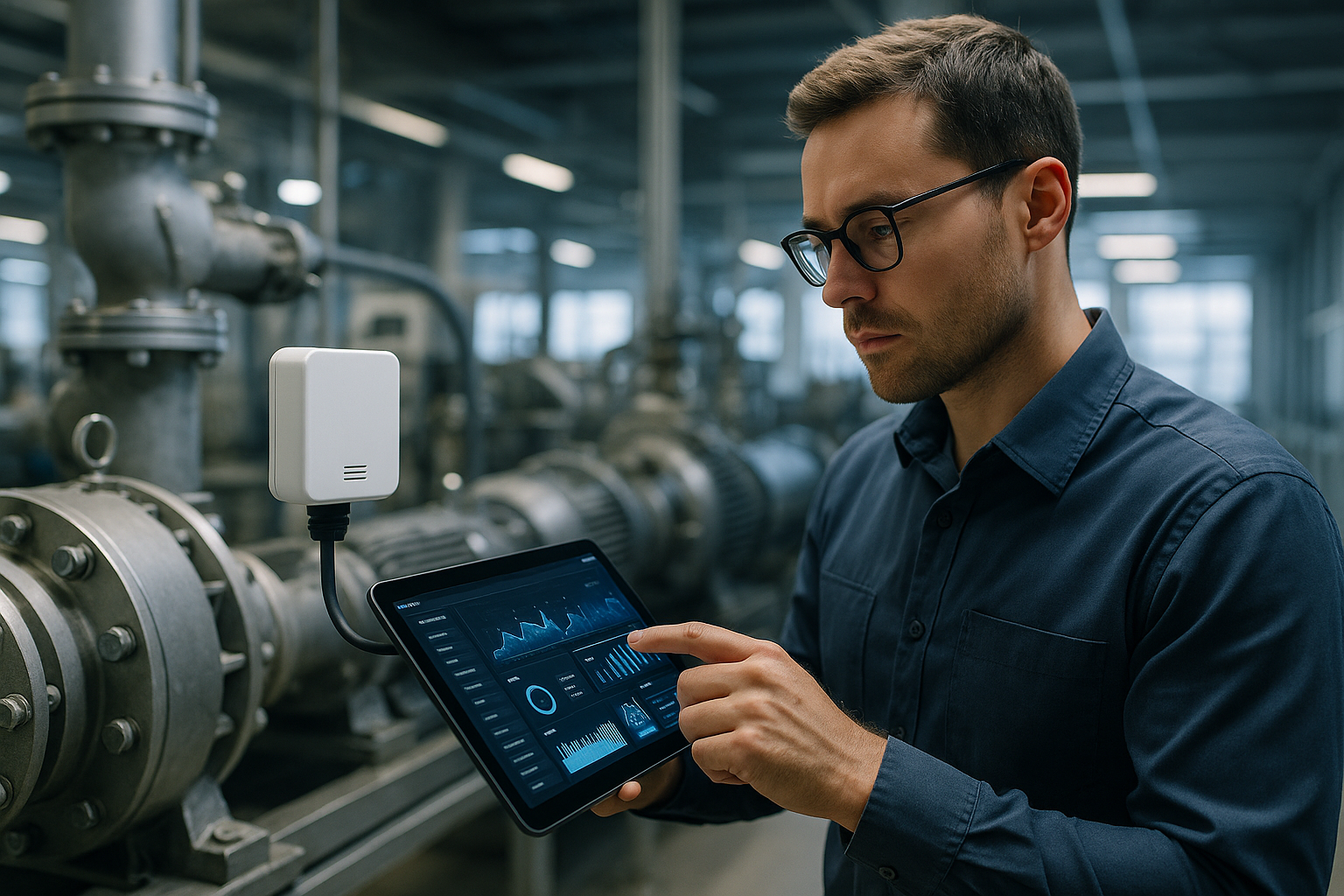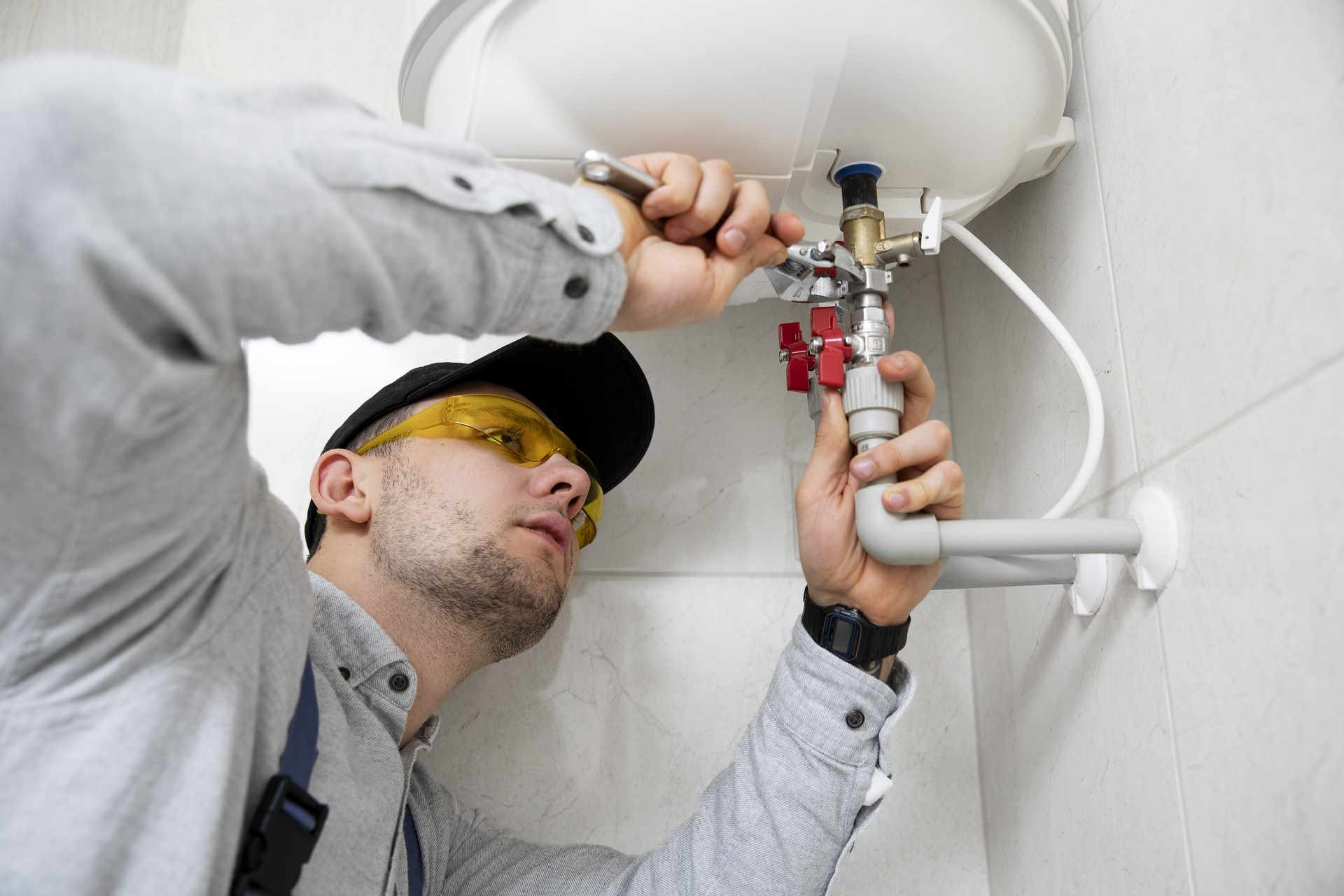How Infrared Temperature Sensors Enhance Efficiency and Safety
Infrared temperature sensors play a vital role in improving both efficiency and safety across industries by providing fast, accurate, and non-contact temperature measurements. Unlike traditional methods, they can detect heat levels instantly, even in hard-to-reach or hazardous environments, reducing downtime and minimizing risks to personnel. Their ability to monitor equipment, processes, and environments in real time helps prevent overheating, identify potential failures early, and optimize energy use—making operations not only safer but also more cost-effective.

What are infrared temperature sensors and how do they work?
Infrared temperature sensors, also known as infrared thermometers or pyrometers, operate on the principle that all objects emit infrared radiation based on their temperature. These sensors detect the amount of infrared energy emitted by an object and convert it into an electrical signal, which is then processed to determine the object’s temperature. The key advantage of infrared sensors is their ability to measure temperature from a distance, making them ideal for applications where direct contact is impractical, unsafe, or could potentially alter the temperature of the measured object.
The components of an infrared temperature sensor typically include:
-
Optical system: Focuses the infrared radiation onto the detector
-
Detector: Converts infrared energy into an electrical signal
-
Processing unit: Analyzes the signal and calculates temperature
-
Display or output: Shows the temperature reading or sends data to a control system
Understanding the principles behind infrared temperature sensors is crucial for their effective implementation in various industrial and healthcare settings.
How do infrared sensors improve efficiency in industrial applications?
Infrared temperature sensors have found widespread use in industrial settings, significantly enhancing efficiency and productivity. Some key applications include:
-
Manufacturing processes: Monitoring temperature in production lines, ensuring consistent product quality, and optimizing energy usage.
-
Predictive maintenance: Detecting abnormal temperature patterns in machinery, allowing for early intervention and preventing costly breakdowns.
-
Energy audits: Identifying heat loss in buildings, insulation issues, or inefficient equipment to improve energy conservation.
-
Food processing: Ensuring proper cooking temperatures and maintaining cold chain integrity during storage and transportation.
-
Automotive industry: Quality control in tire manufacturing, engine diagnostics, and testing of vehicle heating and cooling systems.
By providing real-time, accurate temperature data, infrared sensors enable industries to fine-tune their processes, reduce waste, and minimize downtime. This technology allows for continuous monitoring without disrupting operations, leading to improved overall efficiency and cost savings.
What role do infrared temperature sensors play in enhancing industrial safety?
Safety is a paramount concern in industrial environments, and infrared temperature sensors contribute significantly to risk reduction and hazard prevention. Some safety-enhancing applications include:
-
Fire prevention: Early detection of hotspots in electrical systems, warehouses, or chemical storage areas.
-
Worker safety: Monitoring ambient temperatures in harsh environments to prevent heat-related illnesses.
-
Equipment protection: Ensuring machinery operates within safe temperature ranges to prevent overheating and potential failures.
-
Hazardous material handling: Monitoring temperature-sensitive substances to prevent dangerous reactions or explosions.
-
Personal protective equipment (PPE) checks: Verifying the effectiveness of thermal protective gear for firefighters and industrial workers.
By providing non-contact temperature measurements, infrared sensors allow for safe monitoring of potentially dangerous or inaccessible areas. This capability is particularly valuable in high-risk industries such as oil and gas, chemical processing, and metal fabrication.
How are infrared temperature sensors enhancing safety in healthcare settings?
In healthcare environments, infrared temperature sensors have become invaluable tools for enhancing patient care and safety. Key applications include:
-
Fever screening: Rapid, non-invasive temperature checks for patients and visitors, particularly important during infectious disease outbreaks.
-
Neonatal care: Monitoring infant body temperature without disturbing sleep or causing discomfort.
-
Wound care: Assessing circulation and detecting early signs of infection through skin temperature measurements.
-
Medication storage: Ensuring proper temperature conditions for sensitive pharmaceuticals and vaccines.
-
Medical equipment monitoring: Verifying the correct operation of sterilization equipment and diagnostic tools.
The non-contact nature of infrared sensors reduces the risk of cross-contamination and allows for quick, efficient temperature measurements in various healthcare scenarios. This technology has proven especially crucial in managing public health crises and maintaining safe healthcare environments.
What are the limitations and considerations when using infrared temperature sensors?
While infrared temperature sensors offer numerous benefits, it’s important to understand their limitations and factors that can affect their accuracy:
-
Emissivity variations: Different materials emit infrared radiation at different rates, which can affect readings if not properly accounted for.
-
Distance and spot size ratio: The sensor’s field of view expands with distance, potentially leading to inaccurate readings if not properly calibrated.
-
Environmental factors: Ambient temperature, humidity, and air currents can influence measurements.
-
Reflective surfaces: Highly reflective or shiny objects may give inaccurate readings due to reflected infrared radiation.
-
Transparent materials: Infrared sensors cannot measure through transparent surfaces like glass or clear plastics.
Understanding these limitations is crucial for proper sensor selection, installation, and calibration. Users must consider the specific requirements of their application and choose sensors with appropriate specifications to ensure accurate and reliable temperature measurements.
In conclusion, infrared temperature sensors have become indispensable tools for enhancing efficiency and safety across various industries and healthcare settings. By providing non-contact, real-time temperature measurements, these sensors enable improved process control, predictive maintenance, and risk mitigation. As technology continues to advance, the applications for infrared temperature sensors are likely to expand further, offering even greater benefits in terms of operational efficiency, safety, and overall performance in industrial and healthcare environments.




